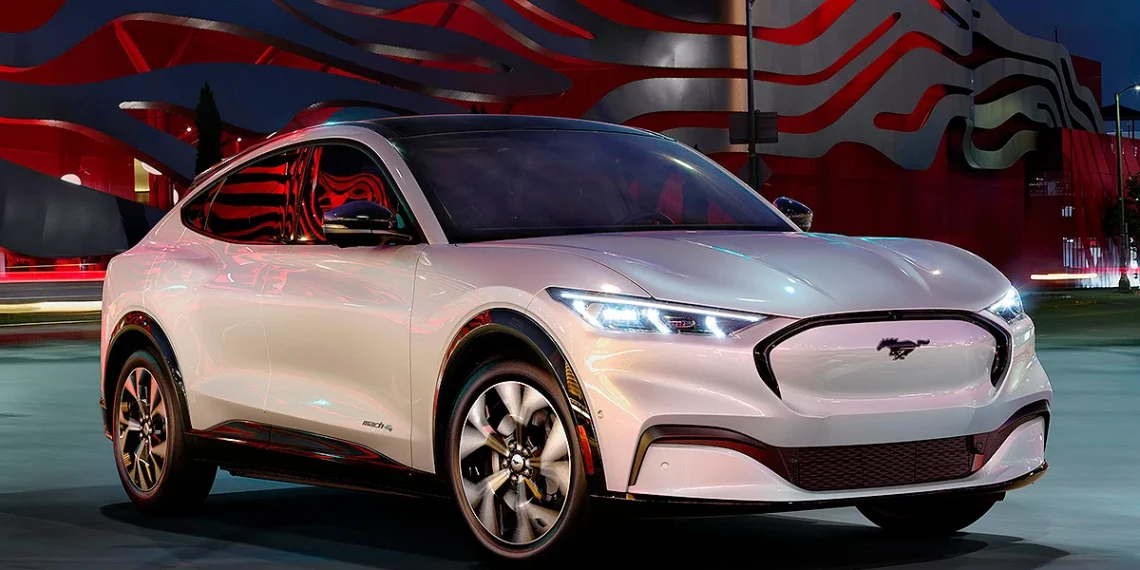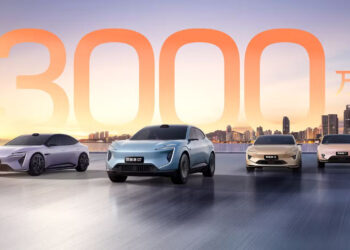Ford Motor Company has made a startling pivot in its electric vehicle strategy, abandoning its once-ambitious plans to dominate the EV market. After initially announcing bold plans during its May 2023 Capital Market Day, including the launch of a three-row electric SUV by 2025, the automaker has been forced to revise its approach in the face of disappointing sales and mounting financial losses.
In a stunning reversal, Ford CEO Jim Farley has scrapped the planned three-row electric SUV, which had been hailed as a key part of Ford’s future lineup. This vehicle, initially described as an “Explorer-like” SUV, was supposed to be a cornerstone of Ford’s electric aspirations. Instead, the company will now focus on producing a family of three-row hybrid SUVs, marking a significant retreat from its previous all-electric strategy.
The cancellation of the three-row electric SUV comes at a high cost. Ford will write off $400 million in product-specific manufacturing assets related to the now-abandoned vehicle, contributing to an expected $1.9 billion hit on the company’s balance sheet. This setback underscores the growing challenges Ford faces as it tries to navigate the rapidly evolving EV landscape.
Ford’s decision to delay the introduction of its next-generation electric pickup trucks, including a mid-size model and a full-size replacement for the F-150 Lightning, until 2027 further highlights the company’s struggle to find its footing in the EV market. Originally scheduled for an earlier launch, these vehicles are now part of a broader strategy to emphasize hybrid technology over fully electric models. By 2030, Ford plans to ramp up hybrid production across all segments, in a bid to reach a wider range of customers.
The revised strategy also includes a new focus on a more affordable EV platform being developed by Ford’s California skunkworks team. This platform is expected to underpin a mid-size electric pickup truck slated for a 2027 launch. However, in the short term, the only new model Ford has confirmed is an electric commercial van, set to begin production in Ohio in 2026. Details about this van, and its relationship to the current e-Transit, remain sparse.
Ford’s abrupt change in direction is a stark admission that its EV program has not gone as planned. Despite becoming the second-largest EV manufacturer in the U.S., the company’s Model e division posted a staggering $4.7 billion loss in 2023, with even larger losses expected in 2024. The intense competition, particularly from Chinese automakers who benefit from low-cost engineering, advanced battery technology, and digital innovation, has placed immense pressure on Ford.
As Ford shifts its focus from pure electric vehicles to hybrids, the company is clearly recalibrating its approach to electrification. The new strategy may allow Ford to capture a broader customer base, but it also marks a significant retreat from its previous goal of leading the EV revolution.










